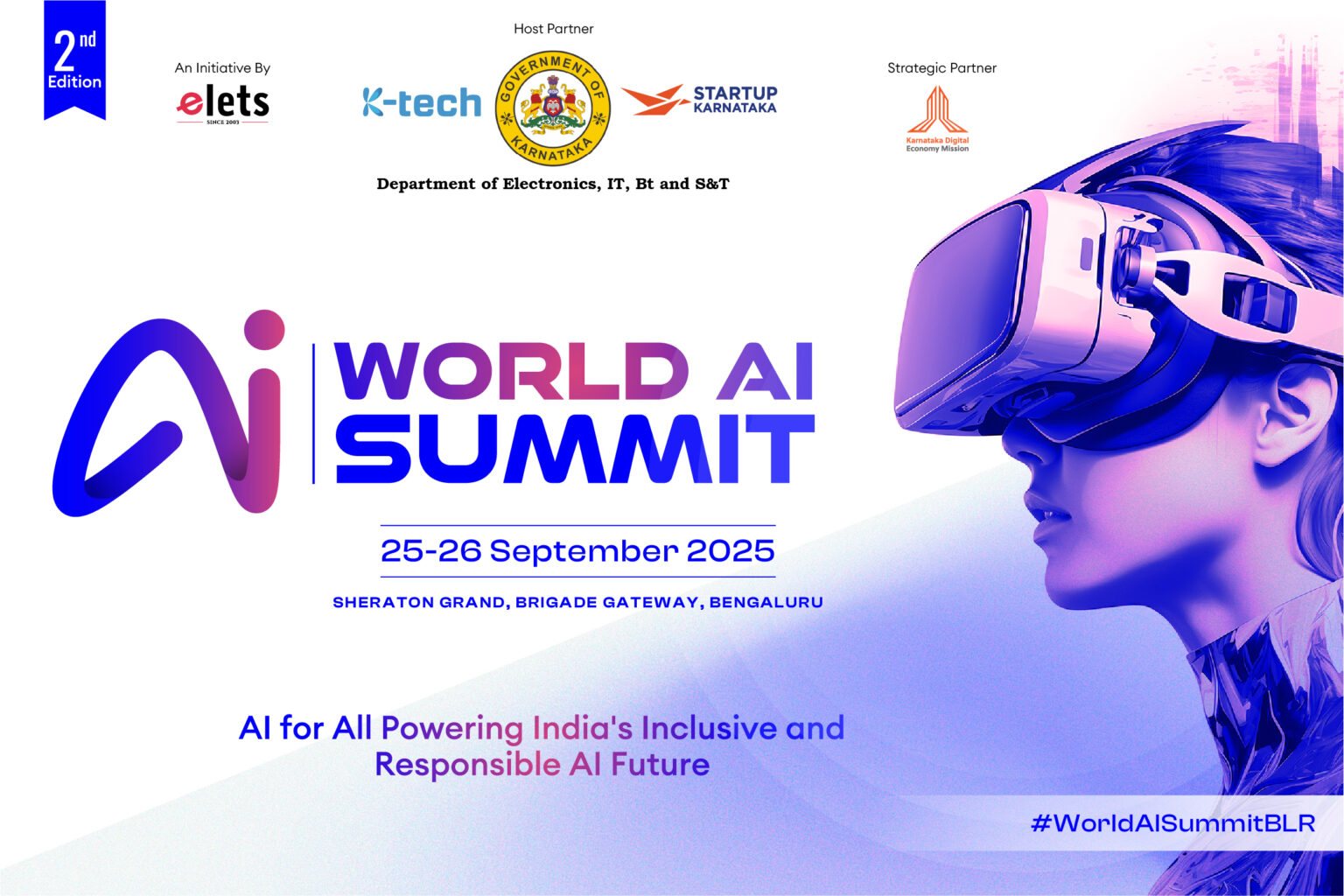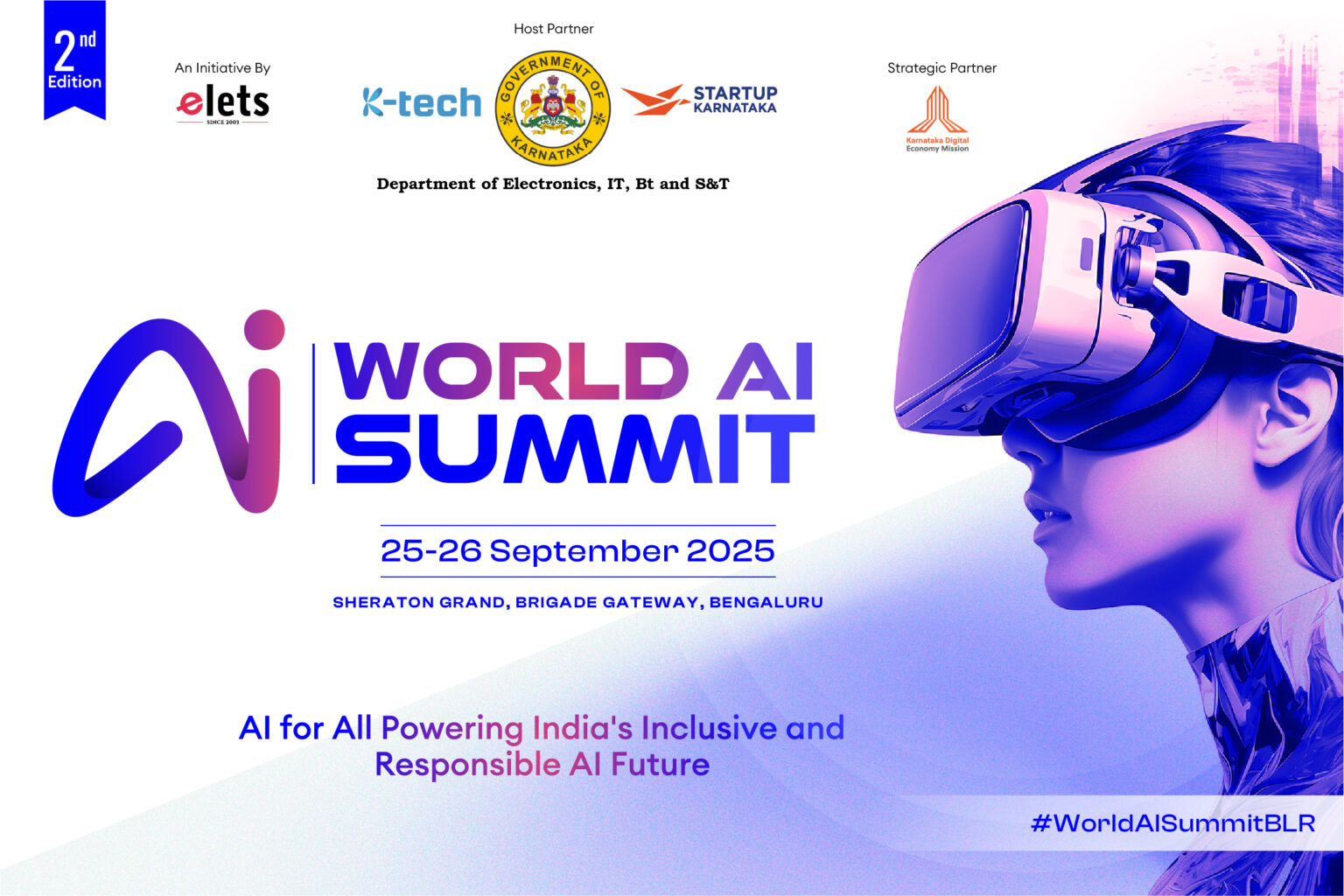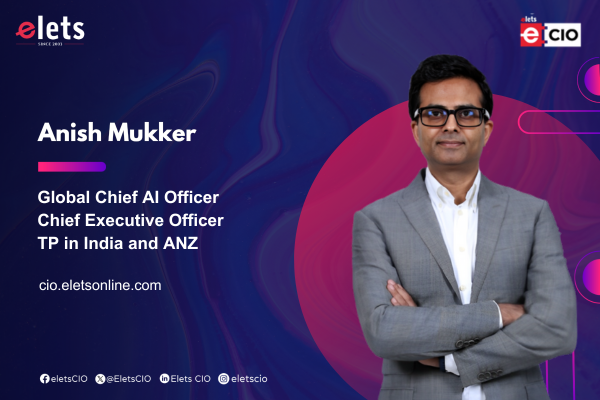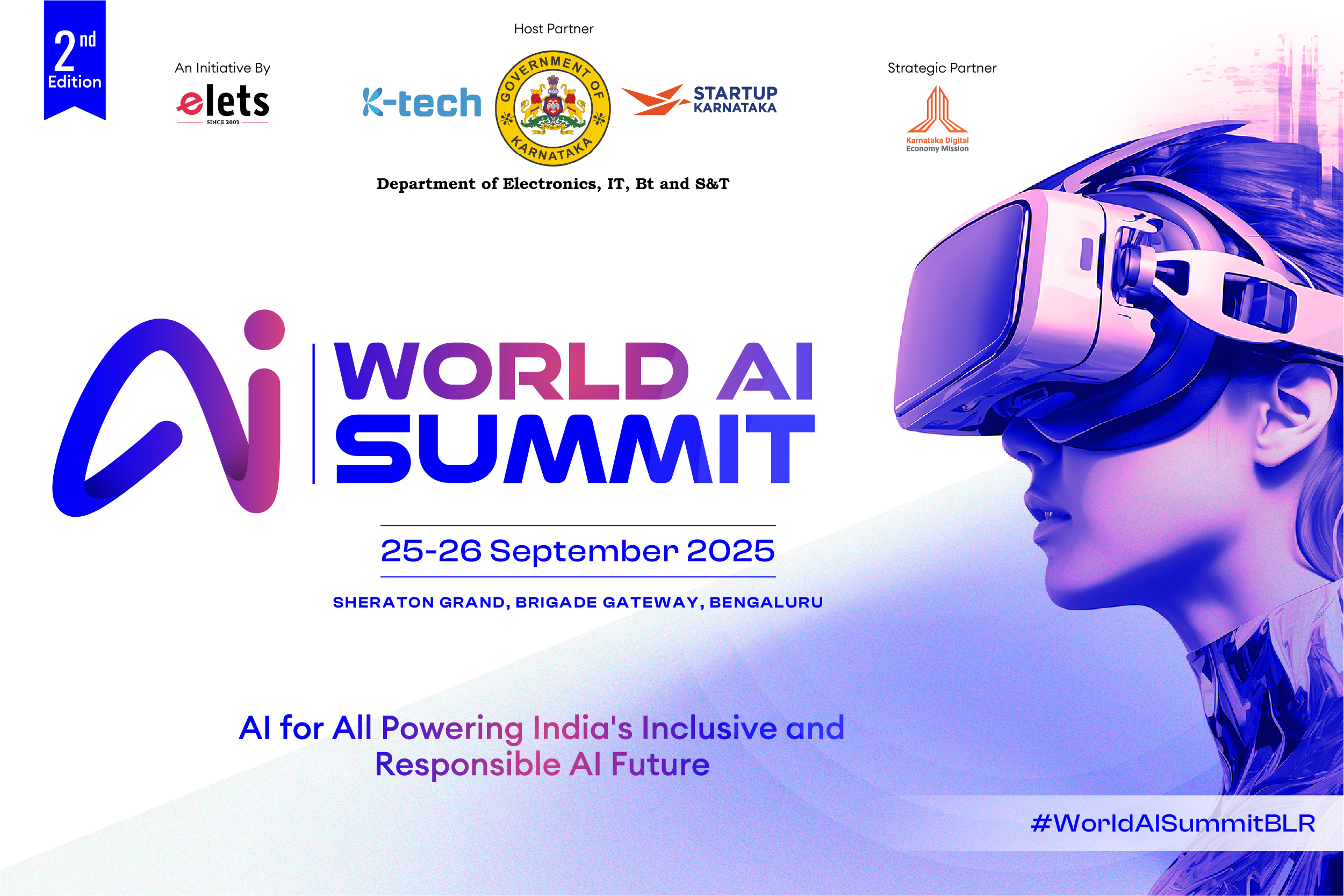
In the ever-evolving landscape of digital transformation, CIOs are positioned at the forefront of driving organizational change. As businesses increasingly lean on technology to achieve their objectives, the role of a CIO becomes pivotal in ensuring the seamless integration of digital tools and platforms. Digital Adoption Platforms (DAPs) are emerging as a necessary tool, providing automated guidance to users navigating complex enterprise applications. According to Deloitte, DAP’s global market size is growing and is expected to be USD 1.16 billion by 2027. Gartner reports that by 2025, 70% of organizations will use digital adoption platforms within their technology stack to overcome still insufficient application user experiences. In this article, we will explore how CIOs can effectively utilize the strategic value of DAPs. By understanding these platforms, CIOs can enhance the user experience, boost productivity, and streamline operations, thereby gaining essential support for a successful DAP implementation. We will also uncover how AI integration and the concept of “userization” contribute to redefining the digital landscape, offering CIOs valuable insights into the future of technology adoption within their organizations.
CIOs Should Lean into the Strategic Value of Digital Adoption Platforms:
As the role of CIOs continues to evolve in the dynamic digital landscape, they need to increasingly prioritize and succeed in clearly articulating the strategic value of DAPs. A DAP is an automated software tool layered on top of an enterprise application that guides users on how to use their business applications while gathering valuable insights about user interactions with the application interface. An illustrative example is ICICI Bank, which implemented DAP to empower its corporate customers with interactive, guided onboarding and real-time support, facilitating a self-service banking model. This approach ensured full customer engagement right from the beginning, and the utilization of the Digital Adoption Platform resulted in substantial savings for the bank in terms of operations and services. The bank witnessed positive feedback from users, evidenced by a 3-5 basis point increase in the Net Promoter Score, excellent ratings for customer support, early user adaptability, and a 50% decrease in inquiries regarding site navigation.
Anticipating challenges in introducing new technology, CIOs can leverage strategic tips and guidance provided by DAPs to facilitate seamless onboarding, improve employee productivity, and optimize software utilization. With this proactive approach, CIOs will gain practical insights to effectively convey the business benefits of DAPs, enabling them to fully appreciate the value derived from a successful DAP implementation.
AI to Help Redefine the Digital Employee Experience
As the demand for digitalization grows, advancements in AI will empower platforms to offer highly userized and proactive guidance, dynamically adapting to the individual needs and preferences of users in real-time.
AI’s integration with DAPs is set to revolutionize the digital employee experience, optimizing productivity across various business applications. This integration will drive increased revenue, reduce costs, and fortify risk mitigation through swift data analysis. With DAPs incorporating AI capabilities into various applications, interfaces will be simplified, and steep learning curves will be eliminated. AI’s pivotal role will be to deliver a userized experience unique to every user, automating intricate processes and prioritizing tasks for increased efficiency.
Enterprises Will Realize the Value of Software “Userization”
In 2024, the key to enhancing user engagement lies in building a compelling product and adopting optimized user onboarding experiences. The “userization” concept simplifies and streamlines user actions, collaboration, and the completion of business software tasks in an intuitive manner, catering to the unique needs of an individual user instead of cohorts. This approach revolves around prioritizing user-centric technology over the need to make individuals proficient in technology. A great example is Zomato, a well-known platform for food delivery and restaurant exploration in India, which has consistently prioritized user-centric features to enrich the dining experience for its users. The company has persistently worked towards streamlining the user journey and enhancing platform intuitiveness through the implementation of personalized recommendations, a simplified user interface, and the integration of in-app assistance.
Userisation is not an AI assistant but the concept of making technology adapt to the unique needs of each user, which can sit at the foundation of any technology that is being built. This helps build a forward-looking strategy that emphasizes a shift from a technology-centric to a more user-centric approach.
Today, on average, most users toggle between 12 different applications to do their jobs. The growing proliferation of applications causes a massive learning curve for employees to understand how to use and integrate them within current business processes. Employees have unique user experiences within applications to help reduce friction and training time for learning new software tools. As businesses face economic headwinds in the new year, including funding freezes, budget cuts, and layoffs, remaining employees will be expected to do more with less. By adopting the concept of “userization”, CIOs can enable employees to increase efficiency by making software easier to use so they can become more seamless and quicker on applications.
Looking Ahead
The success of CIOs hinges on leveraging the strategic value of AI-powered, data-driven digital adoption platforms built on the foundation of userization. Integrating AI with these platforms promises to reshape the digital employee experience, boost productivity, and contribute to overall business success. In 2024, the concept of “userization” will help elevate the importance of prioritizing a user-centric approach, marking a shift from technology-centric strategies. CIOs who grasp these evolving dynamics will lead their organizations into a future where technology seamlessly aligns with business objectives.
Views expressed by Khadim Batti, Co-Founder and CEO, Whatfix
Be a part of Elets Collaborative Initiatives. Join Us for Upcoming Events and explore business opportunities. Like us on Facebook , connect with us on LinkedIn and follow us on Twitter.
"Exciting news! Elets technomedia is now on WhatsApp Channels Subscribe today by clicking the link and stay updated with the latest insights!" Click here!












